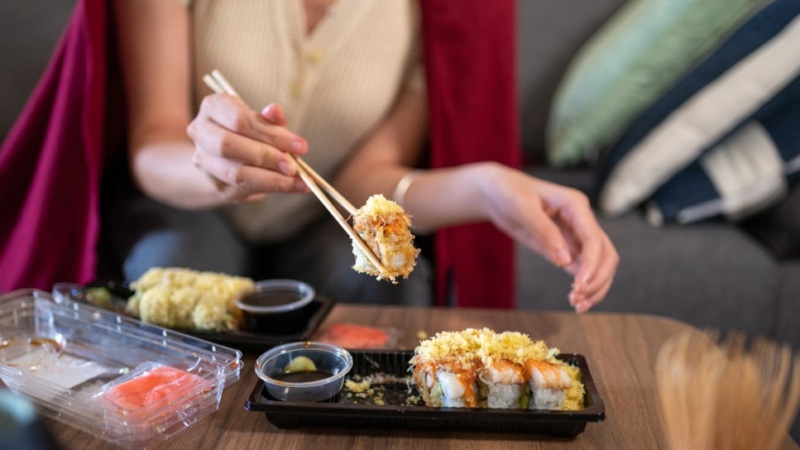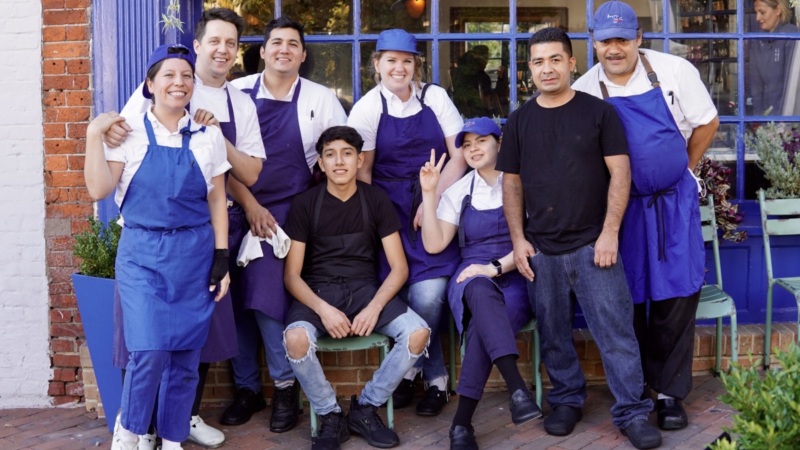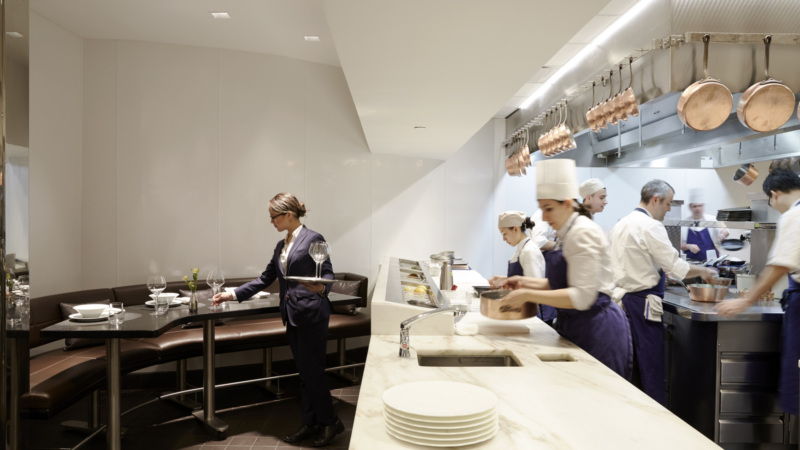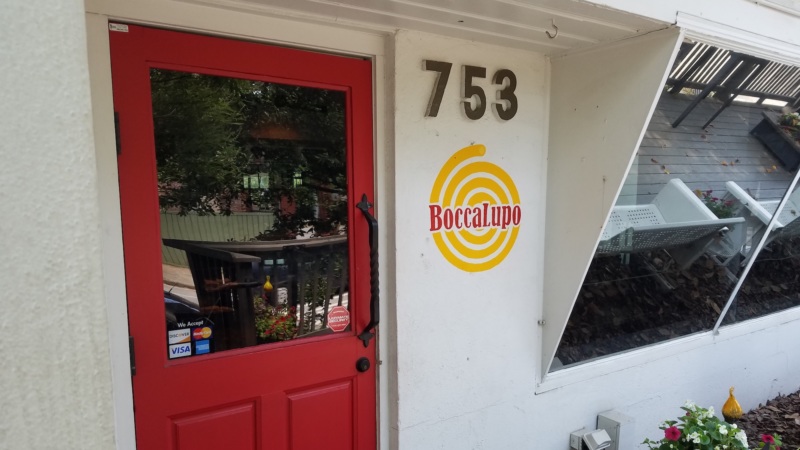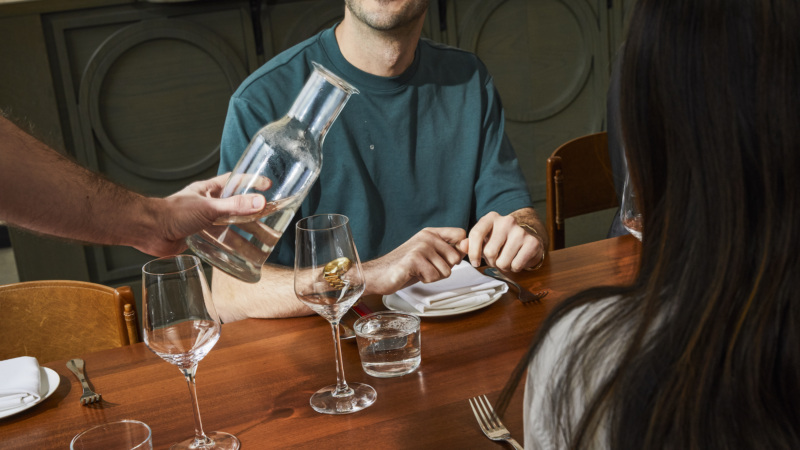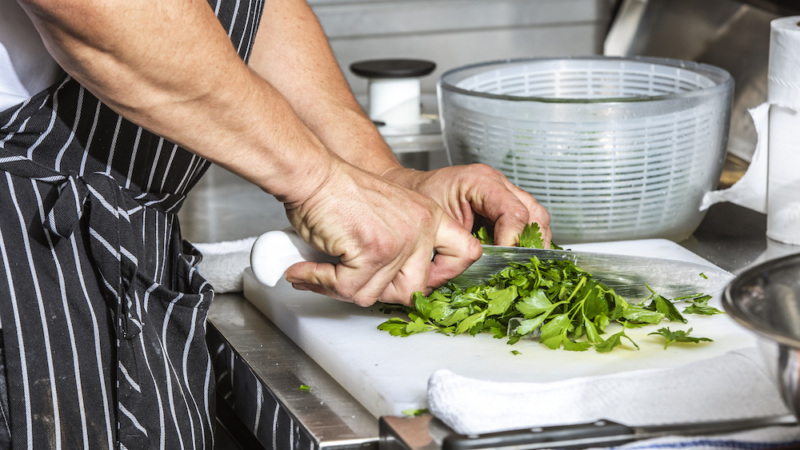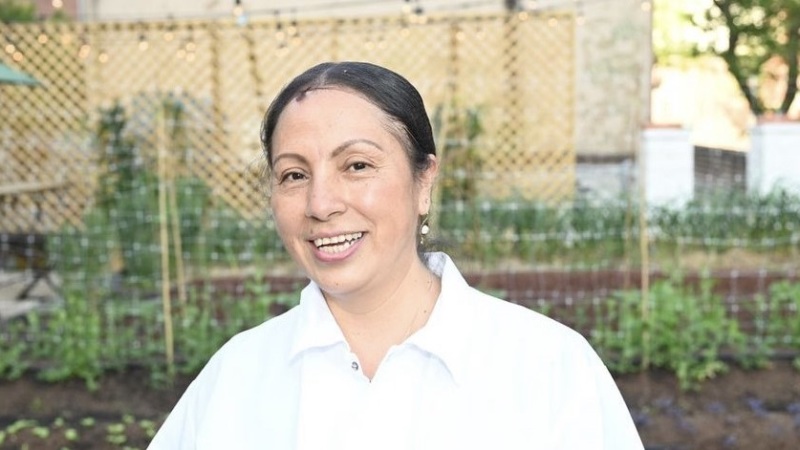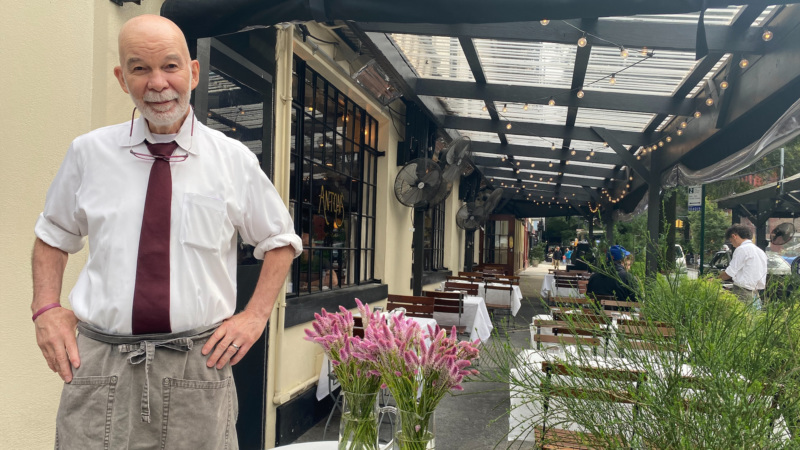
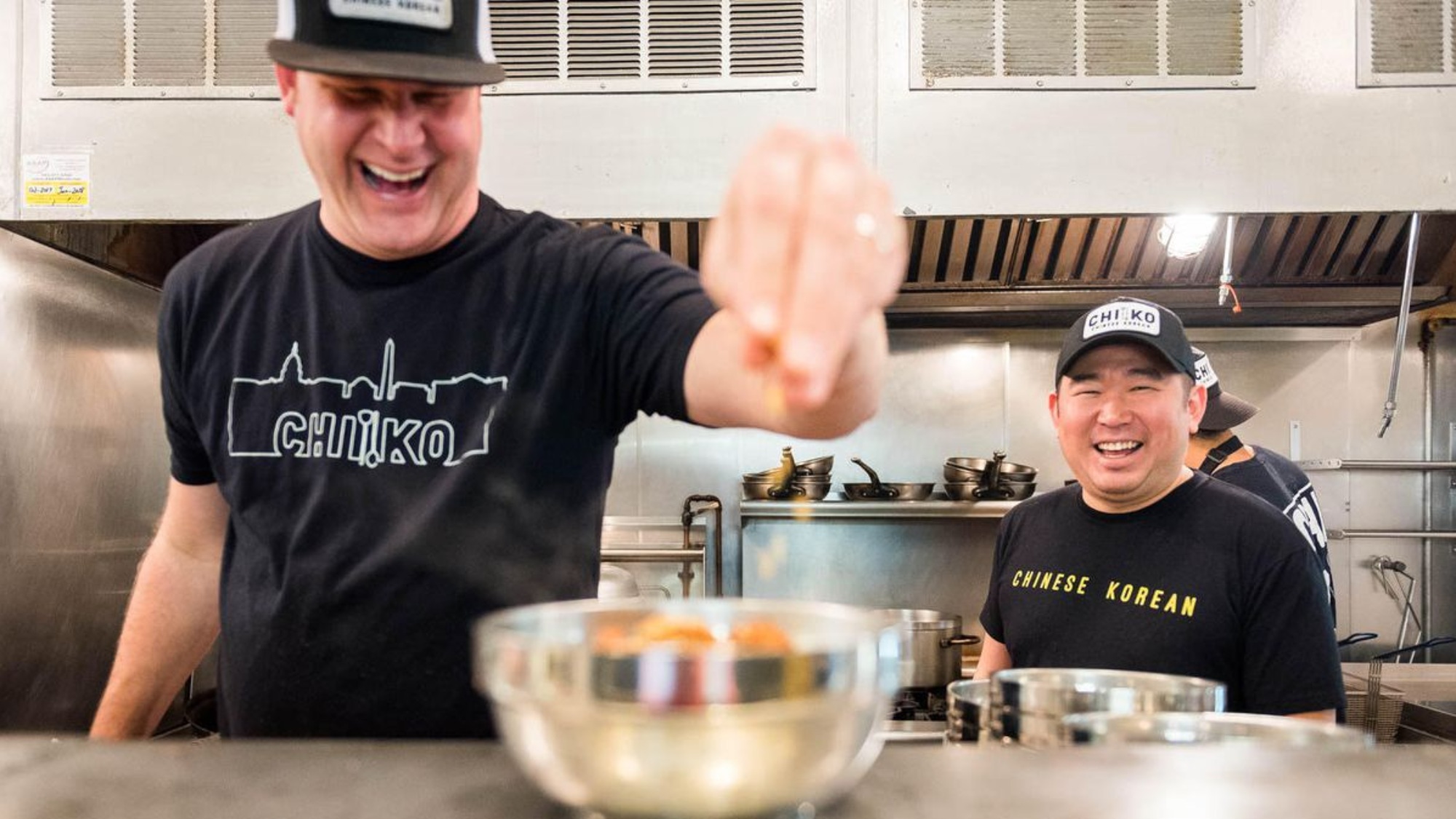
How to Grow Your Business, Community, and Brand With Restaurant Subscriptions
When restaurants were forced to shut down their dining rooms during the pandemic, selling custom meal kits and artisanal pantry goods became an essential lifeline for many operators. These offerings also allowed communities in lockdown to stay connected to their favorite local businesses.
While a lot has changed since the days of lockdown and empty dining rooms, one of the major takeaways for the restaurant industry is the value of alternative streams of revenue. As such, subscriptions are gaining traction across the hospitality space as a fresh opportunity: one with enticing offerings and a complementary point-of-view to operators’ core businesses.
Resy is proud to partner with Table22, a company that helps restaurants, chefs, butchers, bakeries, and wine shops build better and more sustainable online businesses through subscriptions.
Sam Bernstein, Table22’s founder and CEO explains: “Our platform has two goals: first, to add an off-premise line of subscription revenue for operators that has great margins, encourages loyalty, and is operationally easy; And second, to nurture ongoing loyalty for guests who already experience the business on-premise.”
After working with restaurants in 60+ cities and counting, we asked Bernstein to share the secret sauce to creating programs that generate stable, durable revenue and turn guests into loyal fans.
1. Play to Your Strengths
It sounds obvious, but sticking to what you do best is a reliable entry point for subscription success. If your business is, say, an Italian restaurant with a focus on fresh pasta, start there. Consider a pasta club with a rotating monthly offering of a different fresh pasta and a complementary sauce to capitalize on your particular expertise.
“There’s a lot of dynamism in that sort of club approach,” says Bernstein. “It can be a powerful creative canvas for the restaurant—and also for guests.”
If your restaurant is known for both its food and wine programs, as Rose’s Luxury in Washington, D.C, is, why not showcase them both? Guests have the option of either—or both—a Dinner Club Membership or a Wine Club Membership. Each of the two offerings also has a few tier options. For the Wine Club, guests can choose between Playful or Luxury, and two or four bottles from one of the two categories. Likewise, there are two different food menu options each month for the Dinner Club, and guests can choose portions for two or four people.
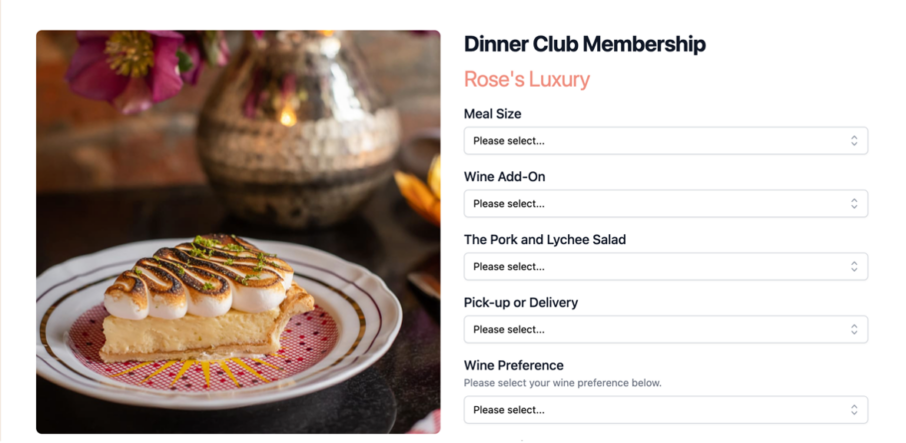
2. Craft a Narrative
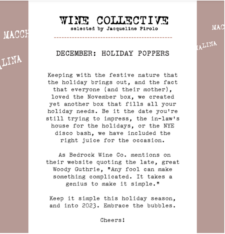
A great product offering is essential (See #1.) But that product really sings when there is a story to accompany it. If your operation explores the food of India, take the guest on a journey through various dishes across the country and explain those dishes’ techniques and cultural importance. Make it about a worldview, not just deliciousness. If you’re a wine shop, you could, for example, explore the terroir and producers of lesser-known areas of Sicily and include robust tasting notes with the bottles.
“Some storytelling and narrative help expand guests’ culinary horizons,” says Bernstein. “1 + 1 can absolutely equal 3.”
In Miami, Macchialina is known for its wide-ranging and deep wine list. For its monthly Wine Collective, guests can choose 2, 4, or 6 bottles for delivery. Each month, Wine Director Jacqueline Pirolo selects superb bottlings from less-celebrated wine regions. So guests not only drink great wine, they get to experience an insider’s take on what is considered great wine in today’s world.
3. Tie Together On-Premise and Off-Premise
A chef collaboration dinner; first dibs on special on-site events: There is power in drawing a line between what your operation has already been doing successfully, and the new(er) subscription service you have debuted.
Bernstein notes: “When people buy a subscription to a restaurant or other brick-and-mortar, they’re expressing an interest in that business. You see amazing engagement and retention when restaurants tie the two—on-premise and off-premise—together.”
At Acre in Auburn, Alabama, members of the restaurant’s quarterly Wine Club also receive a 50% discount on Acre’s quarterly on-site Social Club. For $20 per entry, guests receive 5 wines to taste alongside light bites. Non–Wine Club members, on the other hand, pay $40 per entry for the same experience.
4. Leverage Your Culinary Connections
Think outside the box by leveraging your suppliers, ranches, and in-house butchery and prep to build a specialty goods box. “The kinds of restaurants Table22 works with tend to be ingredient- and producer-driven,” says Bernstein. “They already have a knowledge of and access to a superb local food system. Why not pass that great produce and meat and fish on to guests?”
Then, to beef up the offering, overlay those great products with your business’ singular curatorial point-of-view through recipes or a narrative thruline (See #2.)
At WINNER in Brooklyn, the team offers subscription members a rotating selection of hand-cut meats and house-made charcuterie from their standout butcher program, with options to add on house-made breads and pastries.
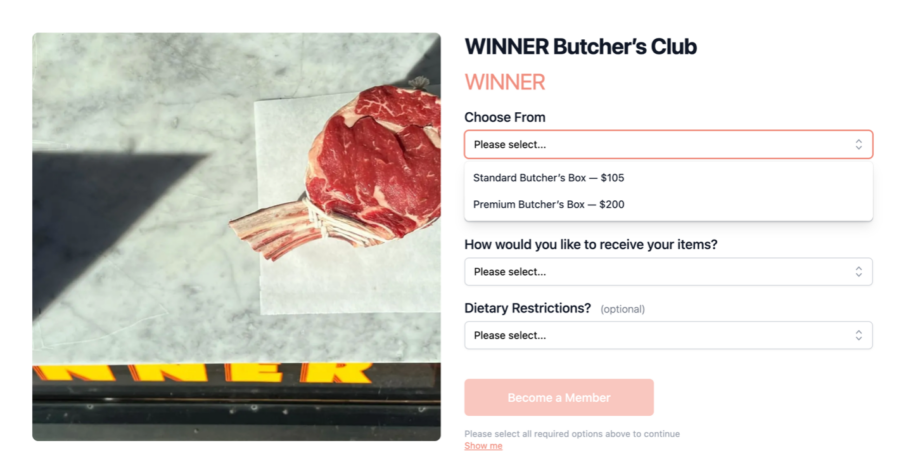
Resy OS restaurants get access to exclusive pricing, perks, and service with Table22. Learn more here.
*Opinions and views in articles shared on Resy OS are presented for the purpose of discussion and commentary on topics of interest in the restaurant industry; they should not be viewed as substitutes for advice given by professionally engaged business consultants and advisors.





